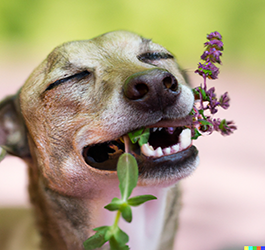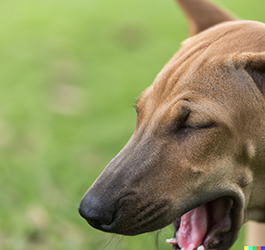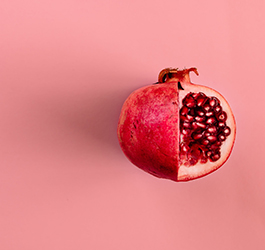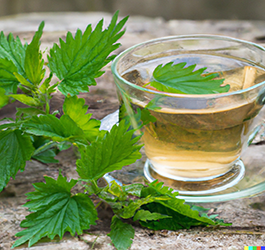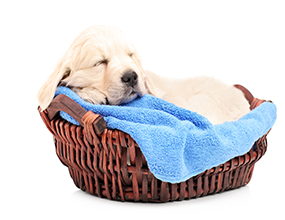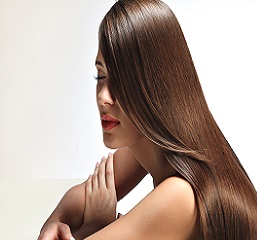Reduce the Impacts of Rosacea With Nourishing Herbs and Extracts
ROSACEA
Rosacea is a common, chronic, inflammatory, life-disruptive skin disease that most often affects the forehead, the nose, the chin, and the cheeks. It begins with a tendency to redness or flushing with small bumps and sometimes pimples. It is characterized by flare-ups and remissions.
Rosacea is also known as “acne rosacea” because the inflammation looks like acne.
Rosacea is generally onset in patients between the ages of 30 and 50 years. The majority of them onsets white women. When it appears in men is more severe than in women.
Rosacea is often divided into four subtypes which are:
♦Erythematotelangiectatic rosacea:
Its characteristics are:
- Flushing and redness in the center of the face.
- Spider veins (telangiectasia).
- Swollen skin.
- The skin may be very sensitive.
- The skin may sting and burn and itch.
- Dry skin, roughness, or scaling.
♦Papulopustular rosacea:
Its characteristics are:
- Inflammatory whiteheads and pimples tend to come and go.
- Spider veins.
- Oily skin.
- The skin may be very sensitive.
- The skin may burn and sting.
- Raised patches of skin called plaques.
♦Phymatous rosacea:
This subtype is rare. Its characteristics are:
- Large spider veins.
- Oily skin.
- Dilated pores
- Bumpy texture to the skin.
- The skin may thicken on the chin, forehead, cheeks, ears, and nose.When the skin thickens on the nose, it is called rhinophyma.
♦Ocular rosacea:
Some people get rosacea in their eyes. Its characteristics are:
- Watery or bloodshot appearance.
- Eyes burn or sting.
- Dryness.
- Itching.
- Eyes are sensitive to light.
- Blurry vision.
- Feel gritty, often feels like sand in the eyes.
- Cyst on the eyelid.
Causes
The cause of rosacea is unclear. Factors that can contribute to rosacea may be:
- Heredity.
- The face mite Demodex folliculorum.
- The bug Helicobacter pylori.
- Cathelicidin, a protein that normally protects the skin from infection, may cause redness and swelling.
- Alcoholism.
- Lack of stomach acid.
- Food allergies.
- Gastrointestinal diseases.
Recommendations
- Eat a diet rich in raw foods (vegetables and grains).
- Avoid hot beverages.
- Avoid fats, all animal products, and spicy foods.
- Avoid alcohol, caffeine, chocolate, and cocoa.
- Avoid the use of steroid creams.
- Follow a fasting program once a month.
- Avoid wearing make-up.
- Avoid heat temperature and saunas.
Beneficial Herbs
|
Herb |
Form |
Benefits |
|
Alfalfa |
Compress of tea herb |
Detoxifying, full of vitamins and minerals |
|
Aloe vera |
Gel |
Healing properties |
|
Borage seed |
Compress of tea herb |
Improves skin tone |
|
Burdock root |
Capsules |
Blood cleanser |
|
Calendula |
Ointment |
Nourishes the skin |
|
Dandelion root |
Tea bag |
Improves skin tone |
|
Dong quai |
Capsules |
Improves skin tone |
|
Fennel seed |
Essential oil |
Nourishes the skin |
|
Ginger |
Tea bag |
Nourishes the skin |
|
Marshmallow root |
Salve, ointment |
Nourishes the skin |
|
Milk thistle |
Cream |
Helps the liver clean the blood |
|
Nettle |
Tea bag |
Improves skin tone and nourishes it. |
|
Primrose oil |
Tablets |
Skin healer due to linoleic acid |
|
Red clover |
Tea bag |
Blood cleanser. Reduces redness |
|
Rosemary |
Cream |
Improves skin tone and nourishes it |
|
Sage |
Tea bag |
Nourishes the skin |
|
Sarsaparilla |
Capsules |
Improves skin tone |
|
Slippery elm bark |
Powder |
Nourishes the skin |
|
Turmeric |
Cream |
Controls inflammation |
|
Yellow dock root |
Tea bag |
Improves skin tone |

 de
de el
el



